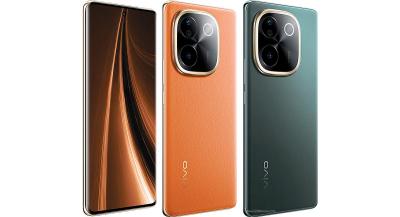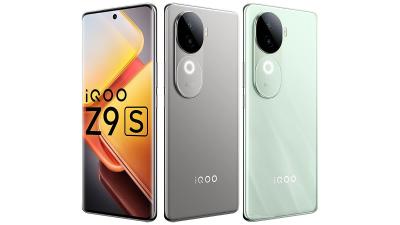Mobile phones
In recent years OLED technology has emerged as the leading smartphone display technology, and the world's most popular phone vendors are all shipping AMOLED smartphones.

In 2018, over 500 million AMOLED screens were produced - mostly to satisfy demand from mobile phones vendors. The smartphone OLED 2018 market was led by Samsung, who has been using AMOLEDs in its high-end phones for many years, followed by Apple, LG, Xiaomi, Huawei and others. Samsung is branding its smartphone OLED displays as Super AMOLED display.
Most premium phones today adopt flexible OLED displays. Apple for example is using a flexible 5.8" 1125x2436 OLED (made by SDC) in its 2018 iPhone XS (the iPhone XS Max sports a larger 6.5" 1242x2688 flexible AMOLED). Display experts say that the iPhone XS Display is the world's best smartphone display.
OLEDs - the best smartphone displays?
Most display experts and consumers agree that OLED displays are the world's best smartphone displays. The best smartphone OLED displays are the Super AMOLED displays produced by Samsung Display, but other OLED producers (such as LG and BOE Display) are also producing high quality OLEDs.
Following is a list of smartphone with OLED displays:
Huawei Mate XT
Huawei's Mate XT is the world's first tri-folding smartphone, that is based on a 10.2" 2232 x 3184 LTPO AMOLED display. When closed, it has a 6.4" 1008x2232 display (and when half-open, 7.9" 2048x2232). Other specifications include a Kirin 9010 chipset, up to 1 TB of storage, and up to 16 GB of RAM.
The Mate XT is now open for pre-orderings, starting at 19,999 yuan ($2,800).
Realme Narzo 70 Turbo
Realme's Narzo 70 Turbo gaming smartphone offers a 6.67" 120Hz 2,000 nits 1080x2400 AMOLED display (produced by Samsung Display), a Mediatek Dimensity 7300 Energy chipset, up to 12GB of RAM, up to 256 GB of storage and a microSDXC card slot.
The Narzo 70 Turbo will ship by the end of September 2024, starting at around $200.
Vivo Y300 Pro
Ulefone Armor 28 Ultra
Ulefone's Armor 28 Ultra is a rugged (MIL-STD-810H, IP68/IP69K) smartphone that offers a 6.67" 120Hz 2,200 nits (peak) 1080x2400 AMOLED display, a Mediatek Dimensity 9300+ chipset, 16GB of RAM, 512 GB of storage and a microSDXC card slot. The phone has a small circular display on the back (likely an LCD).
The Armor 28 Ultra will ship in November 2024
Realme 13+
Motorola Edge 50 Neo
Motorola's Edge 50 Neo smartphone offers a 6.4" 3000 nits 120Hz 1256x2760 LTPO pOLED display (produced by LGD), a Mediatek Dimensity 7300 chipset, up to 12 GB of RAM and up to 512GB of storage. The Edge 50 Neo is IP68 certified - and also MIL-STD-810H compliant.
The Edge 50 Neo is now shipping, starting at round $530.
Infinix Zero 40 / 40 4G
The Infinix Zero 40 4G smartphone offers a 6.78" 120Hz 1080x2436 AMOLED display, a Mediatek Helio G100 chipset, 8 GB of RAM and up to 256 GB of storage. The Zero 40 (5G model) has a similar display, but at 144Hz refresh rate, and stronger specifications.
Both Infinix Zero 40 smartphones will start shipping in early September 2024, starting at around $275.
Vivo T3 Pro
Vivo iQOO Z9S / Z9S Pro
The Vivo iQOO Z9S smartphone offers a 6.77" 120Hz 1,800 nits (peak) 1080x2392 AMOLED display, a Mediatek Dimensity 7300 chipset, up to 12GB of RAM and up to 256 GB of storage.
The Vivo iQOO Z9S Pro has a similar display - but one that is capable of 4,500 nits peak brightness, a Snapdragon 7 Gen 3 chipset, similar memory specifications and a better camera setup.
Pagination
- Previous page
- Page 7
- Next page













